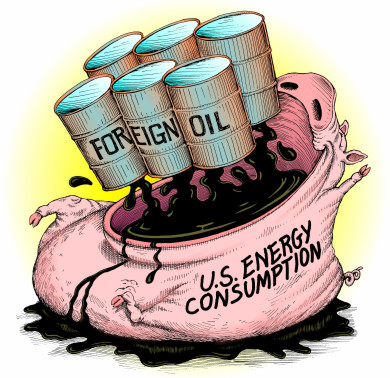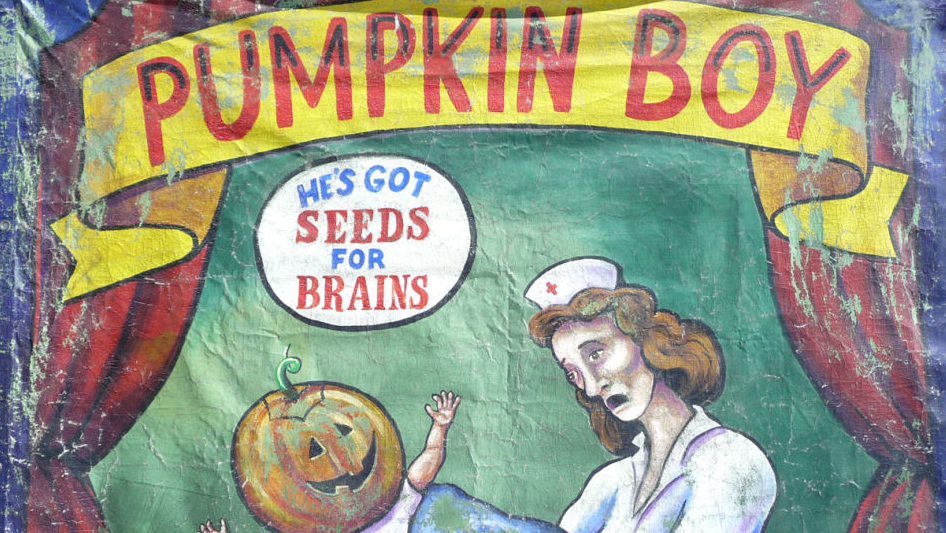Many of today’s gasoline stations are now installing electric digital signs to accommodate the constantly changing price of gasoline. Rising oil prices cause gasoline retailers to raise their prices immediately to avoid losing money on the next load of gas they purchase. The commodity futures market usually has the wholesale price of gasoline reacting quickly to changes in oil prices. When oil prices fall, gasoline retailers are reluctant to adjust the price of gas downward too quickly and usually cut prices only to match their competitors.
On futures markets, a barrel of oil is now approaching $100 per barrel! Now, a barrel of oil equals 42 gallons but the entire 42 gallons cannot be refined into gasoline. Out of a typical barrel of crude oil, refining will produce 19 to 20 gallons of gasoline, 9 gallons of diesel or heating oil, 4 gallons of jet fuel and 8 to 9 gallons of various other products. Of the 7.14 billion barrels of foreign oil imported by the United States in 2008, 46 percent became gasoline. Once here, the refinery adjusts how much of each product is produced based upon the type of crude oil being processed and the market demand for the different products. Other factors affect the price of gasoline, as well. Seasonal considerations and other demand changes may also result in higher gas prices; but what I find interesting is that some state regulations actually mandate that refiners in certain states refine a special blend of gasoline that cannot be sold in other states! Ethanol, also, may play a factor. In certain parts of the country, that fuel creates up to 10 percent of the total unleaded gasoline supply. As such, changes in the price of ethanol will affect the price of gasoline in those areas.
Still following the logic? Presently, a barrel of crude oil accounts for about 67 percent of the per gallon price. Another 7 percent of the price is based on the cost to refine the crude. Distribution and marketing can account for about 11 percent, and the remaining 15 percent is based upon taxes. At present, the Federal tax on a gallon of gas is 18 cents per gallon. And don’t forget the states. Using Michigan as an example, the Great Lakes state currently adds an additional 19 cents to the cost of a gallon of gas and 15 cents to the cost of a gallon of diesel.
But the demand for oil is influenced by more than just U.S. demand. When you add in international demand from large countries like China and India, and combine them with a vast number of emerging economies, Crude demand is set to explode. By 2012, according to JP Morgan Chase & Co., Crude prices may rise to as much as $120.00 per barrel. And while this price seems unimaginable, if we add to the mix cash strapped state treasuries and the recent U.S. Deficit Reduction Panel, which has recommended an additional 15 cents per gallon in new taxes. Watch out!
Hopefully, U.S. car manufacturers will continue to develop more fuel efficient autos along with electric cars, which seems to be the case- given the entries at the North American International Auto Show. However, my fear is that even with less gasoline usage, the price may continue to rise. As American drivers groan, the French are paying $8.67 for a gallon of gas and a gallon of diesel fuel in the U.K. now costs over $11.00 per U.S. gallon (3.8 liters).
As a country, we need to conserve and reduce our dependence on foreign oil. Otherwise, the forecast is anything but optimistic.








